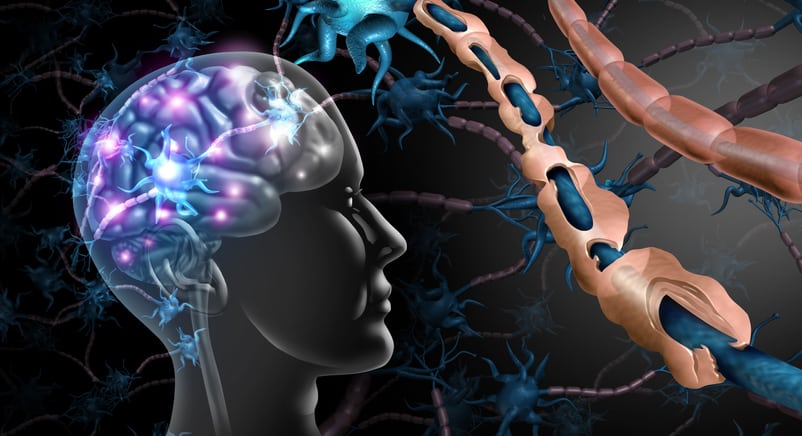This study aimed to assess the accuracy of ultrasonic grading in determining brain injury in very premature infants and analyze the affecting factors of these neonatal morbidity and mortality, and to investigate the relationship between serial cranial ultrasound (cUS) classification and Mental Developmental Index (MDI)/Psychomotor Developmental Index (PDI) in premature infants.
A total of 129 very preterm infants (Gestational Age ≤ 28 weeks) were subjected to serial cUS until 6 months or older and classified into 3 degrees in accordance with classification standards. The MDI and PDI (Bayley test) of the infants were measured until the infants reached the age of 24 months or older. The consistency between Term Equivalent Age (TEA)-cUS and TEA- magnetic resonance imaging (MRI) was calculated. Ordinal regression was performed to analyze the relationship among severe disease, early cUS classifications, psychomotor and mental development, and death. Operating characteristic curve were used to analyze the relationship between serial cUS grades and MDI/PDI scores.
The mortality and survival rates of 129 very preterm infants were 32.8% and 67.3%, respectively. Among the 86 surviving infants, 20.9% developed mild cerebral palsy (CP) and 5.8% to 6.9% developed severe CP. The consistency between TEA-cUS and TEA-MRI was 88%. Grades 2 and 3 at first ultrasound were associated with adverse mental (OR = 3.2, OR = 3.78) and motor (OR = 2.25, OR = 2.59) development. cUS classification demonstrated high sensitivity (79%-96%). Among all cUS classifications, the specificity of the first cUS was the lowest and that of TEA-cUS was the highest (57% for PDI and 48% for MDI).
Moderate and severe brain injury at first ultrasound is the most important factor affecting the survival rate and brain development of very premature infants. The cUS classification had high sensitivity and high specificity for the prediction of CP, especially in TEA-cUS.
Copyright © 2021 the Author(s). Published by Wolters Kluwer Health, Inc.
Predicting the developmental outcomes of very premature infants via ultrasound classification: A CONSORT – clinical study.


